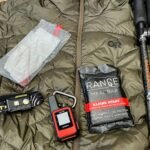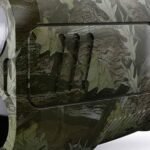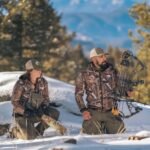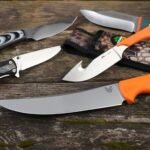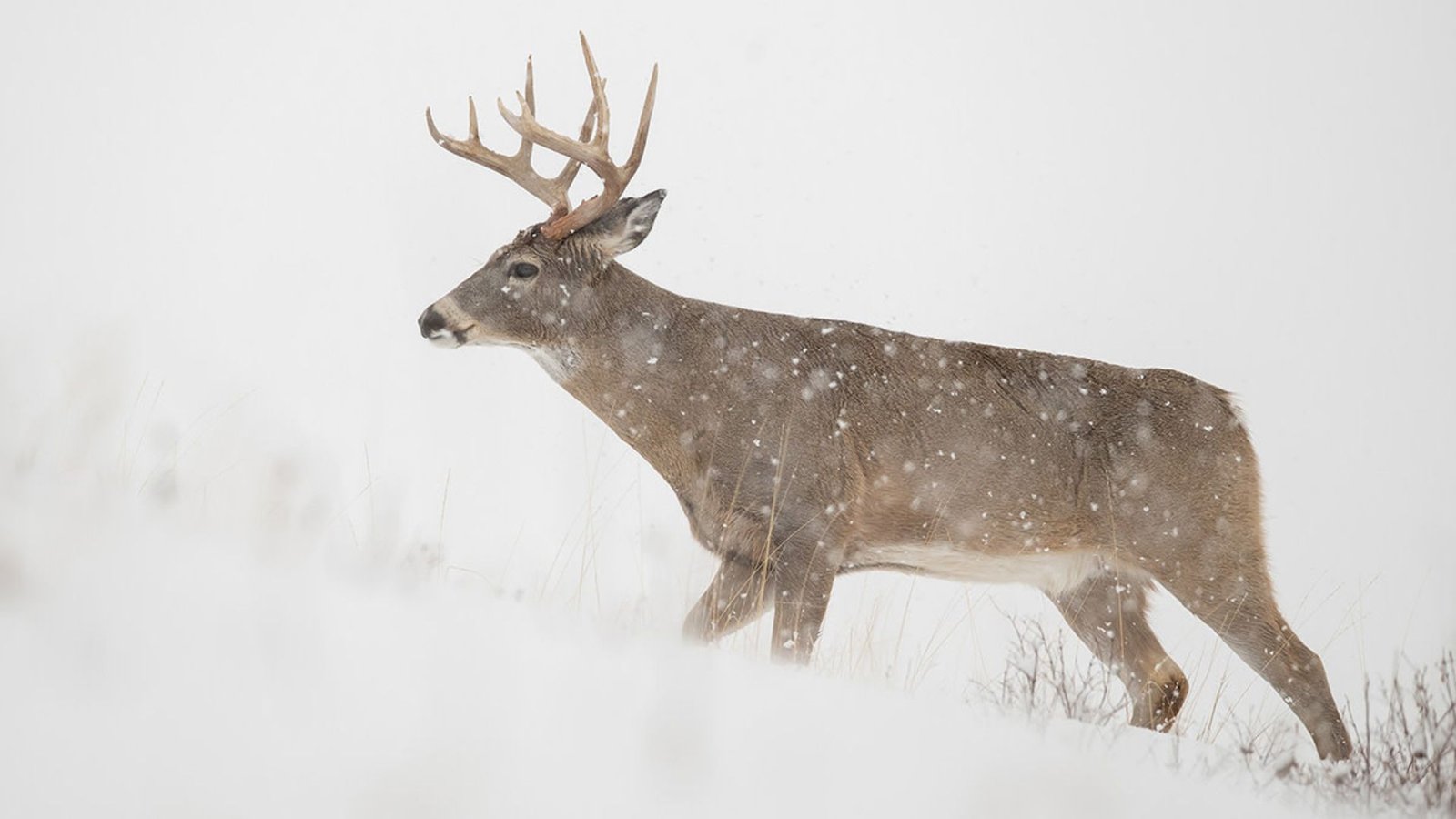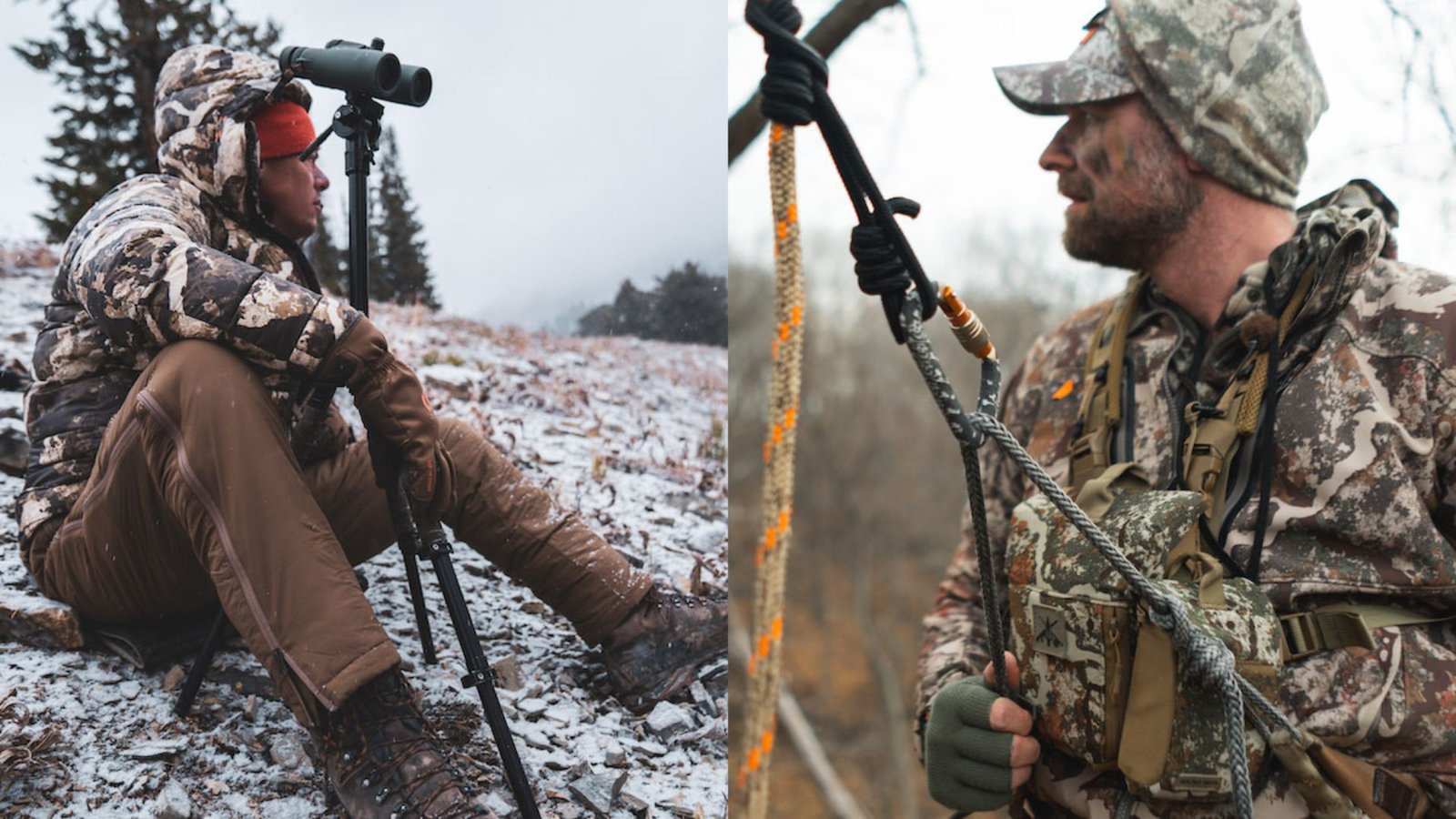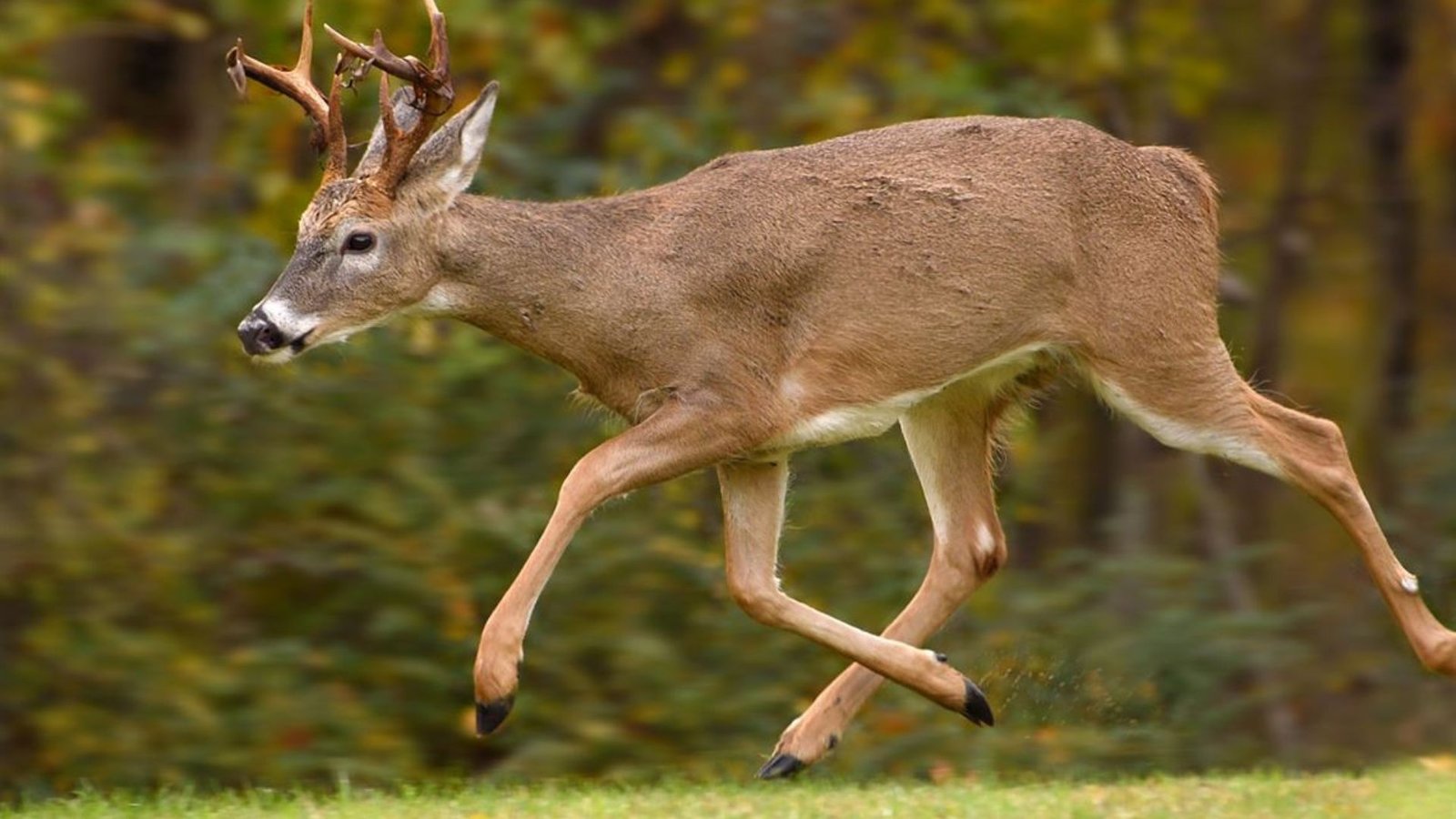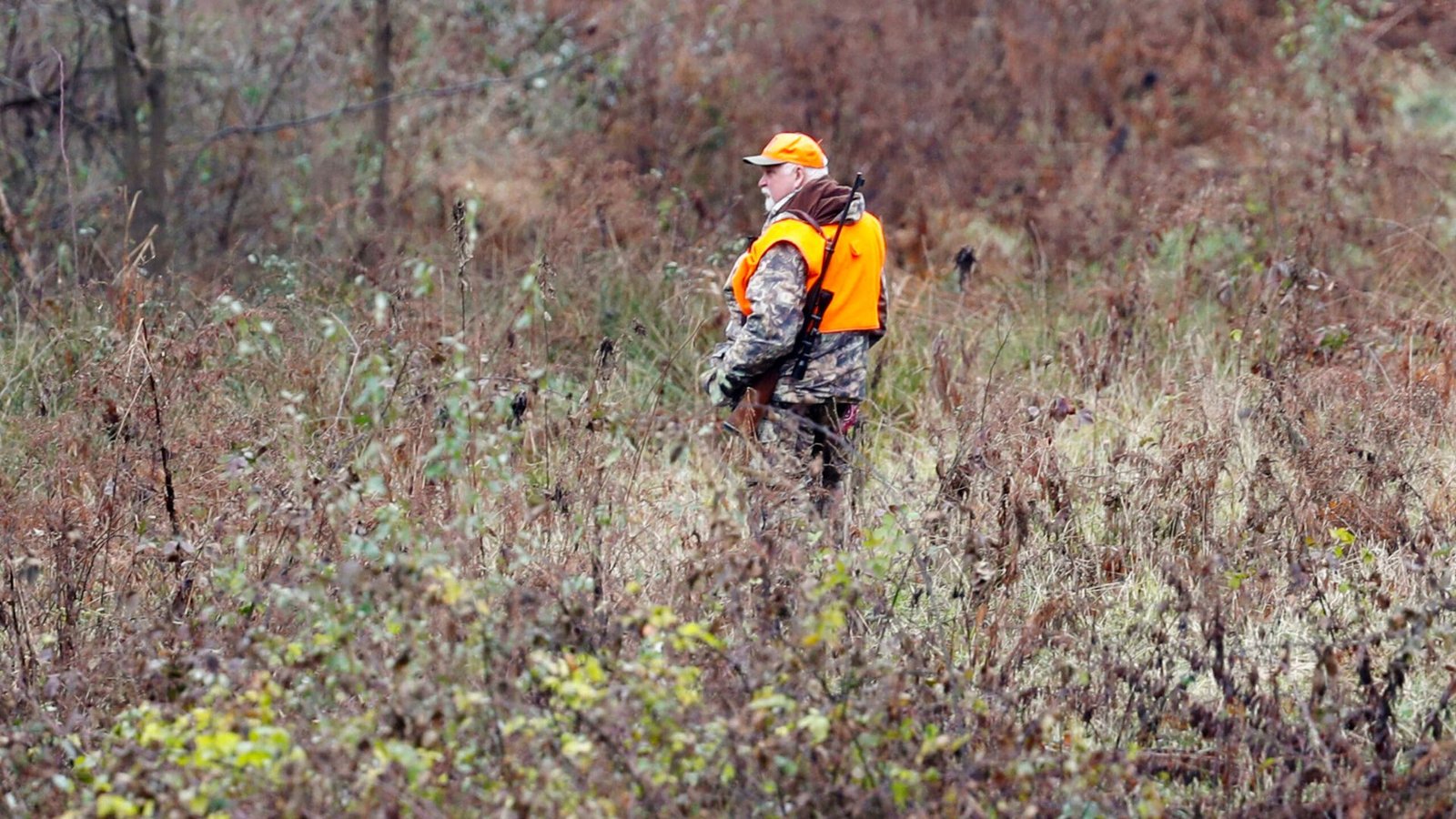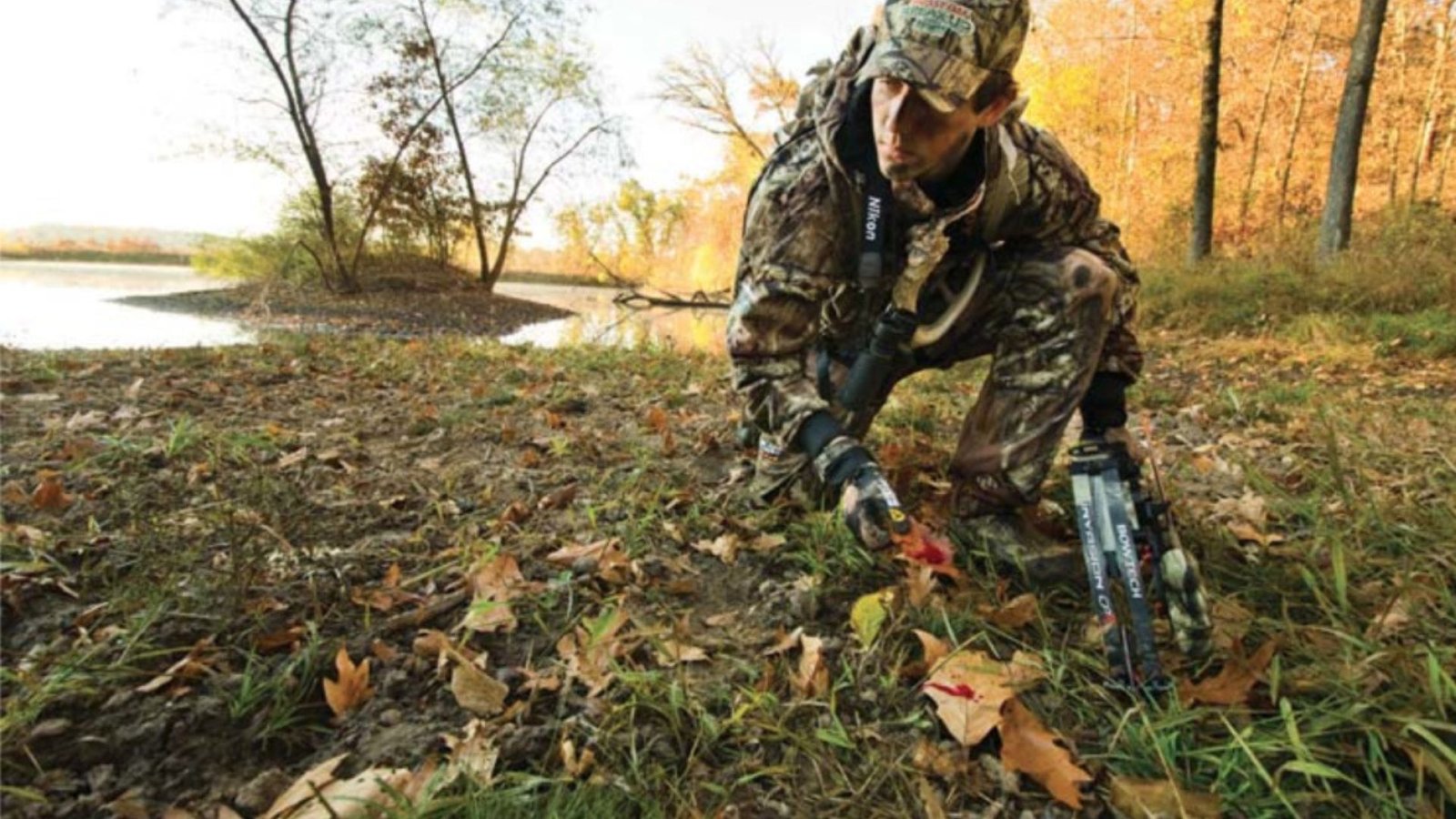Tracking deer through snow can be a rewarding and exciting challenge for hunters. Snow provides an excellent opportunity to spot clear tracks, making it easier to follow deer movements. However, snow also presents unique challenges that require knowledge of tracking techniques, deer behavior, and the right tools. Here’s a comprehensive guide on how to track deer through snow and increase your chances of success in your hunt.

1. Identify and Understand Deer Tracks in Snow
The first step in tracking deer through snow is to identify their tracks accurately. Snow makes tracking easier because it clearly shows the path the deer has taken.
- Track Shape: Deer tracks typically appear as oval or heart-shaped prints with two distinct hooves. The size of the tracks can vary, but they generally measure about 2 to 4 inches wide.
- Fresh Tracks: Fresh tracks are deeper and more defined. Look for recent prints in soft, undisturbed snow to ensure you’re tracking the right deer. The age of the tracks helps you understand how long ago the deer passed through the area.
Understanding the difference between fresh and older tracks will help you determine how recently the deer passed by, allowing you to better plan your tracking strategy.
2. Follow Deer Tracks Efficiently
Once you’ve identified fresh tracks, the next step is to follow them. Snow makes it easier to trace deer movements, as the tracks are clear and visible.
- Track Direction: Observe the direction of the tracks. If the deer is traveling in a straight line, it’s likely heading to a specific destination, such as a food source or bedding area. If the tracks frequently turn, the deer may be foraging or moving slowly.
- Look for Signs of Change: Pay attention to subtle changes in the tracks. For example, if the tracks become deeper, the deer might be entering an area with thicker snow, which can slow them down.
By following the tracks and noting changes in the terrain, you can gain insights into the deer’s behavior and potential resting spots.
3. Understand Deer Behavior in Snowy Conditions
In snowy conditions, deer behavior can provide valuable clues about their movements. Snow often reveals deer activity that might otherwise go unnoticed.
- Foraging Signs: If the tracks show the deer’s head lowered to the ground, this likely indicates the deer is foraging for food beneath the snow. Deer will dig through the snow to access grasses or shrubs.
- Scrapes and Rubs: During the rutting season, deer will often make scrapes and rubs on trees or bushes. These signs indicate where bucks have been marking their territory. Look for these signs near deer tracks to understand the movements of a buck in the area.
Understanding these behaviors allows you to track the deer more accurately and predict where they might be headed next.
4. Use the Wind to Your Advantage
Wind plays a significant role when tracking deer in the snow. Deer are highly sensitive to their environment and use the wind to detect danger.
- Wind Direction: Deer tend to travel into the wind to keep their scent away from potential predators. By understanding wind direction, you can predict where the deer might be going and position yourself accordingly.
- Minimize Your Scent: When tracking, make sure to minimize your scent. Deer can pick up your scent trail, so use scent-masking products or hunt with the wind in your favor to avoid alerting the deer to your presence.
Paying attention to wind patterns can help you stay undetected and increase your chances of getting closer to the deer.
5. Be Patient and Move Stealthily
Tracking deer in snow requires patience and quiet movement. The more carefully you approach, the more likely you are to succeed in your hunt.
- Slow and Steady: Move slowly and deliberately when following deer tracks. Sudden movements can alert the deer to your presence. Walking softly on snow will help you remain undetected.
- Stay Quiet: Snow can amplify sound, so it’s crucial to stay as quiet as possible while moving. Avoid noisy equipment, and walk with care to minimize your impact on the environment.
Being patient and quiet will allow you to observe the tracks more closely and follow the deer without spooking it.
6. Use Tools to Aid Your Tracking
While tracking deer through snow is a skillful art, the right tools can make a significant difference in your tracking success.
- Binoculars: Binoculars are invaluable for spotting deer from a distance, especially when you’re tracking in areas with heavy snow. They allow you to keep an eye on the surrounding landscape and spot deer without getting too close.
- Tracking Stick: A tracking stick can help mark the tracks you’ve already followed. It serves as a great tool to prevent getting lost and helps you track multiple deer if necessary.
- Scent Marking Tools: Tools like scent-marking ribbons can help you keep track of the exact location of fresh tracks and blood trails. This is particularly useful if you need to retrace your steps.
Using these tools will enhance your ability to track deer in snow and make the process more efficient.
7. Use Time of Day to Your Advantage
The time of day can greatly impact your ability to track deer. Deer are crepuscular, meaning they are most active during dawn and dusk.
- Early Morning: After fresh snowfalls, early mornings are often the best time to track deer. Snow is undisturbed, and you can find fresh tracks to follow. Additionally, deer are often still moving and feeding during the early morning hours.
- Late Afternoon/Evening: Deer are also active during the late afternoon and evening, especially as they return to their bedding areas. Tracking in the late afternoon allows you to follow their movements toward safe zones for rest.
Tracking during these times increases the likelihood of finding fresh tracks and observing deer activity.
8. Recognize Other Signposts in the Snow
Deer tracks are not the only sign of their presence in the snow. There are many other clues that can help you identify deer movement.
- Deer Trails: If you find deer tracks repeatedly crossing the same path, it’s likely a well-worn trail. Deer use trails when traveling between food sources, bedding areas, or water sources. These trails can be used to predict where deer will move next.
- Droppings: Deer droppings, especially fresh ones, indicate the presence of deer nearby. The color and moisture level of the droppings can give you clues about how recently the deer passed through the area.
Looking for these additional signs will help you make more accurate predictions about where the deer are headed.
9. Stay Aware of Your Surroundings
Lastly, when tracking deer in snow, it’s important to stay aware of your surroundings. Snow can sometimes hide other signs, such as fallen branches or hidden wildlife.
- Obstacles in the Terrain: Snow can sometimes obscure rocks, fallen logs, and other obstacles in the terrain. Be mindful of the environment as you move through it, taking note of any changes in the ground or surrounding brush that might indicate deer presence.
- Other Animals: Keep an eye out for signs of other animals in the area. They can alter the deer’s movement patterns and influence where you track.
By staying aware of your surroundings, you’ll be better equipped to adapt to changing conditions and improve your tracking efforts.
Conclusion
Tracking deer through snow can be a challenging yet rewarding experience. With the right techniques, patience, and tools, you can follow deer tracks efficiently and increase your chances of a successful hunt. By understanding deer behavior, using the wind to your advantage, and being strategic about your movement, you’ll be able to track deer with confidence. Whether you’re new to snow tracking or an experienced hunter, these tips will help you track deer through snow and improve your chances of success on your next hunt.



